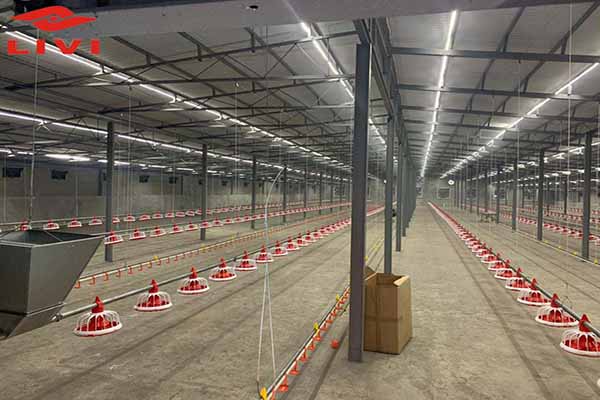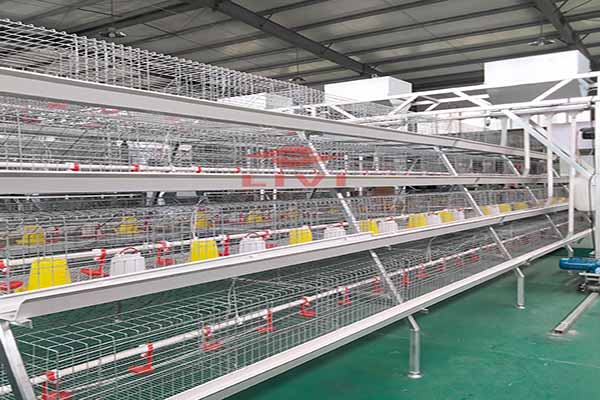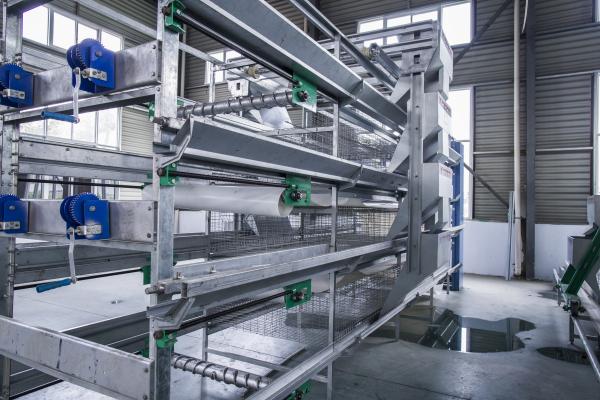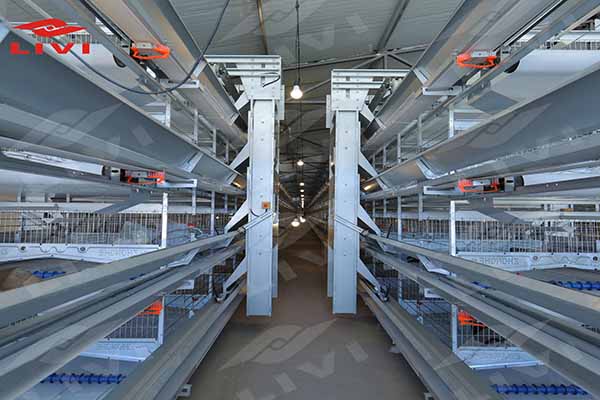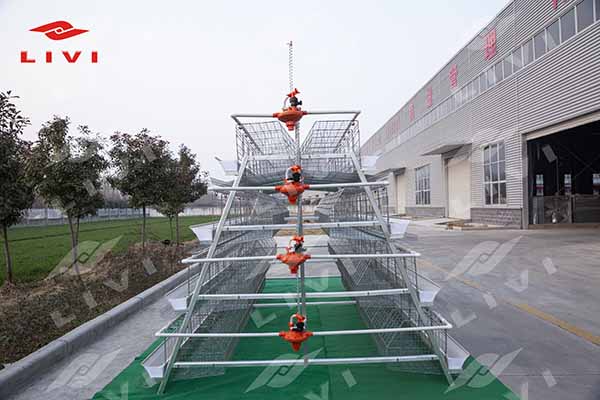Poultry farming, as an important component of agriculture, its success is influenced by multiple factors, and the selection of appropriate poultry farming equipment is one of the crucial aspects. This part will elaborate on the attractiveness of the current poultry farming market to beginners as well as the challenges they face, leading to the theme of this article – providing beginners with a guide to choose poultry equipment for successful farming.
I. Key Elements of Successful Poultry Farming
Impact of the Farming Environment on Poultry and Related Equipment
- Temperature: Poultry, at different growth stages and of different species, have specific temperature requirements. Chicks, for instance, are highly sensitive to cold and require a relatively high and stable temperature environment. A slight drop in temperature can lead to health issues and even mortality. On the other hand, adult chickens perform best within a specific temperature range suitable for their physiological functions. To meet these requirements, modern poultry farming relies on advanced temperature control systems. These systems typically consist of temperature sensors that constantly monitor the ambient temperature. Heating equipment, such as infrared heaters or hot – air blowers, and cooling equipment like evaporative cooling pads or ventilation – based cooling systems, work in tandem. Based on the data from the temperature sensors, these components automatically adjust the environmental temperature to keep the poultry comfortable.
- Humidity
Humidity plays a vital role in the health and well – being of poultry. Appropriate humidity levels are essential for maintaining good respiratory health and proper feather growth. High humidity can lead to dampness, which may cause respiratory diseases, while low humidity can result in dry skin and feathers. Hygrometers are used to measure the humidity level in the poultry house. When humidity needs to be adjusted, various equipment comes into play. For example, spray humidification systems can increase humidity by spraying fine water mist into the air. In contrast, in case of excessive humidity, ventilation systems can help remove the moist air. Additionally, desiccant dehumidification equipment can be used in some cases to absorb excess moisture from the environment. - Ventilation
Good ventilation is the cornerstone of a healthy poultry environment. Poor ventilation can quickly lead to a decline in air quality within the poultry house. This deterioration in air quality can cause the proliferation of pathogenic microorganisms, which in turn can have a severe impact on the health of the poultry. Different types of ventilation fans, such as negative – pressure ventilation fans and axial – flow ventilation fans, are commonly used. The design and installation of these fans, along with the ventilation ducts, are carefully planned based on the size of the farming space and the number of poultry. By calculating the appropriate ventilation volume, these systems ensure that fresh air is continuously supplied, and stale air, along with harmful gases like ammonia, is removed.
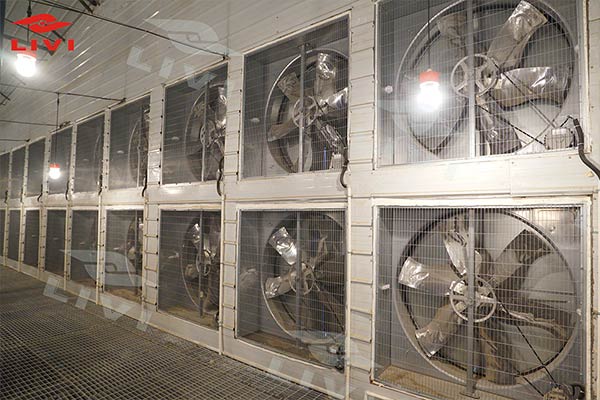
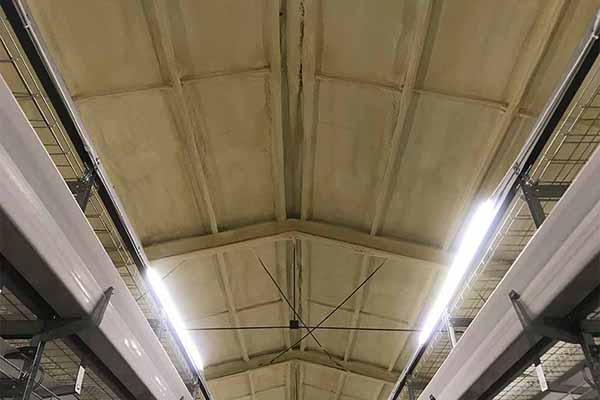

Farming Environment on Poultry
Importance and Equipment Characteristics of Feed Supply and Drinking Water System
- Feed Supply
A stable, sufficient, and clean supply of feed is of utmost importance for the growth and production of poultry. Different types of feed troughs are available to meet the varying needs of poultry farmers. Automatic feeding troughs are designed with advanced mechanisms that allow for continuous and controlled feed supply. They are highly suitable for large – scale farming operations as they can significantly reduce the labor cost associated with manual feeding. However, regular checks are necessary to ensure that the feed is being dispensed properly. Limited – quantity feed troughs, on the other hand, are designed to control the amount of feed available to the poultry at any given time. This helps in preventing feed waste, which can be a significant issue in poultry farming. The choice between these different types of feed troughs depends on factors such as the type of poultry (chickens, ducks, or geese) and the scale of the farming operation.
- Drinking Water System
Water is essential for the normal physiological functions of poultry, including metabolism and digestion. The type of drinking water device used can have a significant impact on the health and productivity of the poultry. Nipple – type drinking water devices have gained popularity due to their ability to keep the water clean and free from contamination. They are designed in such a way that the water is dispensed only when the poultry peck at the nipple, reducing the risk of water pollution. However, proper adjustment of the height and angle of these nipples is crucial to ensure that the poultry can access the water easily. Trough – type drinking water devices, although having a large capacity, are more prone to contamination as the water is exposed. Hence, they require frequent cleaning to maintain water quality. Vacuum drinking water devices are also used in some cases, especially for smaller or specialized poultry farming setups.
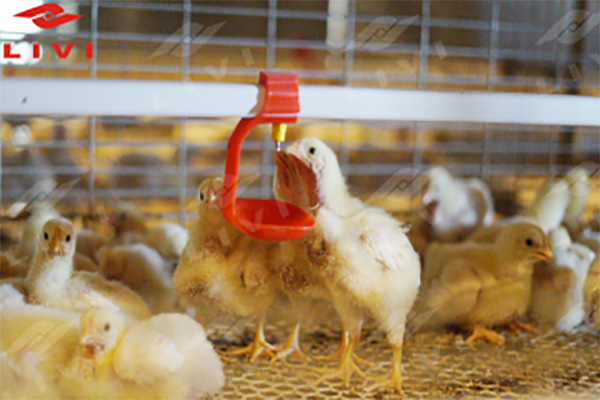
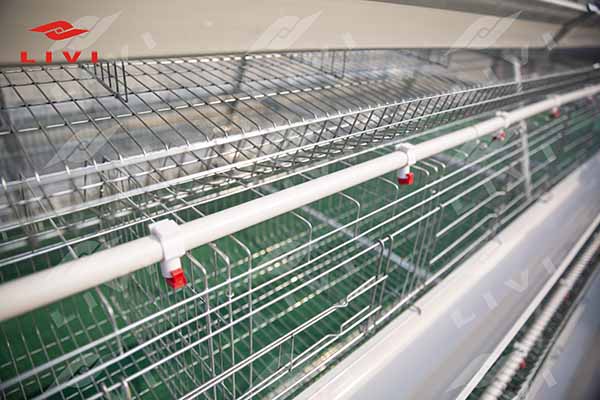
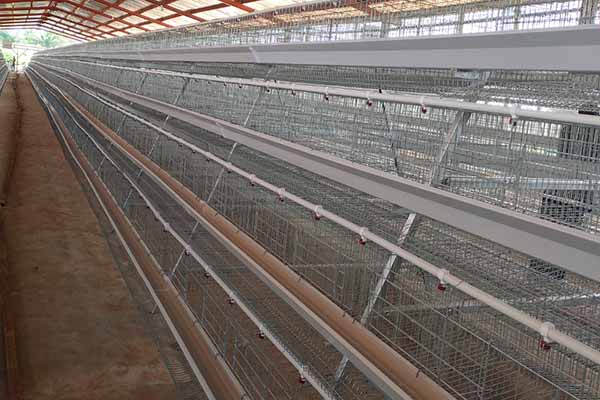
Feed Supply and Drinking Water System
II. Guide to the Selection of Main Equipment for Chicken Raising
Main Equipment for Laying Hen Farming
- Chicken Cages:
For laying hen farming, Livi Machinery provides specially – designed laying hen cages. In terms of spatial layout, these cages fully consider the activity and egg – laying requirements of laying hens. The multi – layer structure design can effectively utilize space and increase the farming density.
The cages are made of high – quality materials, using high – strength steel wire with a galvanized surface treatment, having good corrosion resistance, ensuring that the cages will not deform during long – term use, and providing a stable and safe living environment for laying hens. At the same time, the mesh size of the cages is moderate, which not only ensures the comfort of the laying hens but also prevents eggs from falling and being damaged.
They are equipped with an automatic egg – collecting system, which can efficiently collect eggs, reduce the labor intensity of manual egg – picking and the damage to eggs, keep the eggs clean and hygienic, and improve the quality of eggs. - Feeding and Drinking Equipment:
Adopt an automated feeding system, such as chain – type feeders or screw – type feeders, which can accurately feed according to the feeding requirements of laying hens and reduce feed waste. The design of the feed trough can ensure the freshness and cleanliness of the feed and prevent the feed from being polluted by feces.
Nipple – type drinking water devices are the ideal choice for laying hen farming. They can continuously provide clean and hygienic drinking water for laying hens, and the water flow and pressure can be adjusted as needed, effectively preventing water waste and pollution and ensuring the drinking water health of laying hens.
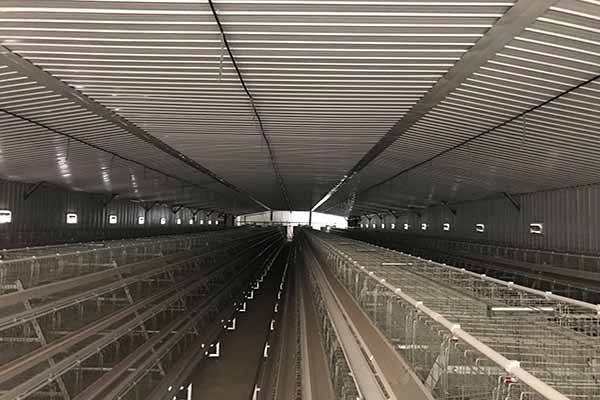
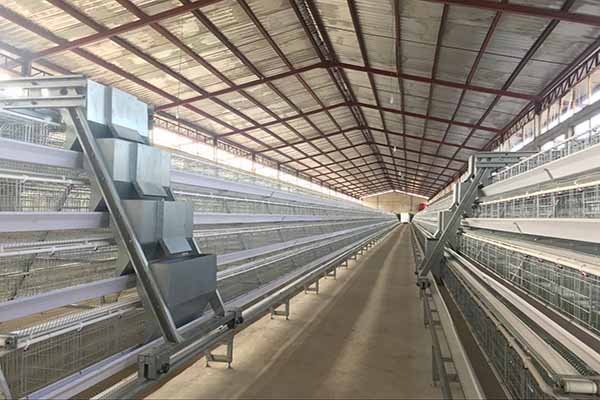
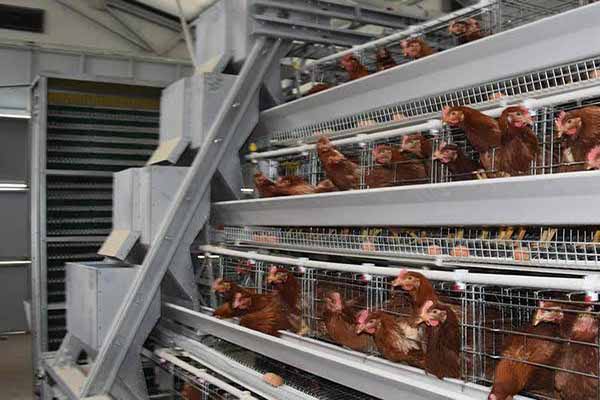
Layer Farming Equipment
Equipment for Broiler Chicken Farming
- Chicken Cages or Floor – raising Equipment (Depending on the Farming Model):
If the cage – raising model is adopted, the broiler cages of Livi Machinery have a solid structure and a spacious space, which can meet the needs of the rapid growth of broiler chickens. The design of the cages is conducive to broiler chickens maintaining a good body shape and avoiding the impact on growth and development due to overcrowding. The material has good ventilation properties, helping to keep the air inside the cages fresh.
In the floor – raising mode, suitable bedding and protective facilities are provided. For example, select absorbent, soft bedding materials (such as rice husks, wood chips, etc.) to prevent broiler chickens from contacting the wet ground and reduce the occurrence of diseases. At the same time, set fences with sufficient height and strength to ensure that broiler chickens can move within a certain range, avoiding getting lost or being attacked by the outside world.
- Feeding and Drinking Equipment:
In view of the characteristics of fast growth rate and large feed intake of broiler chickens, large – capacity feed troughs, such as disc – type feed troughs or long – strip – type feed troughs, are equipped to ensure that broiler chickens can obtain sufficient feed at any time. The height of the feed trough can be adjusted to meet the needs of different growth stages of broiler chickens.
The drinking water equipment selects Plasson drinking water devices or nipple – type drinking water devices to ensure sufficient drinking water supply to meet the water demand of the rapid growth of broiler chickens. The position and height of the drinking water devices should be appropriate for the convenience of broiler chickens to drink, and attention should be paid to keeping the drinking water clean and hygienic, and regularly cleaning and disinfecting. - Environmental Control Equipment:
Broiler chickens have relatively high requirements for environmental temperature and air quality, so an efficient ventilation system is required. The negative – pressure ventilation system combined with temperature and humidity sensors can automatically adjust the ventilation volume to keep the temperature in the chicken house suitable and the air fresh.
Equip with suitable heating and cooling equipment, such as warm – air fans, water curtains, etc., to cope with different seasons and climate conditions and create a comfortable growth environment for broiler chickens.
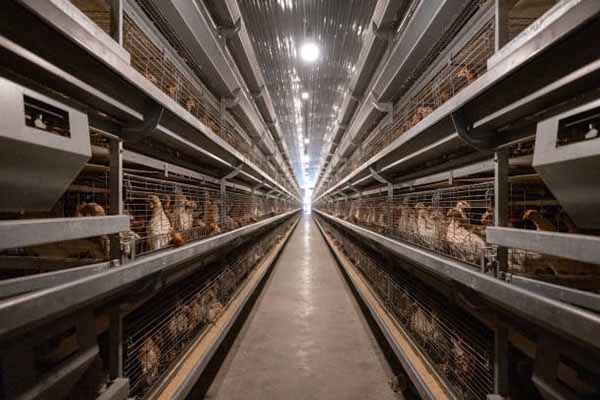
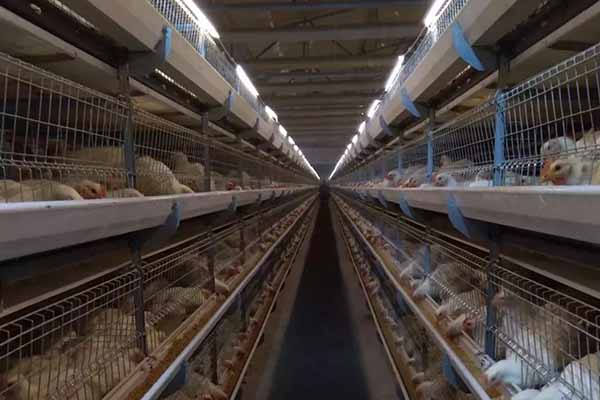
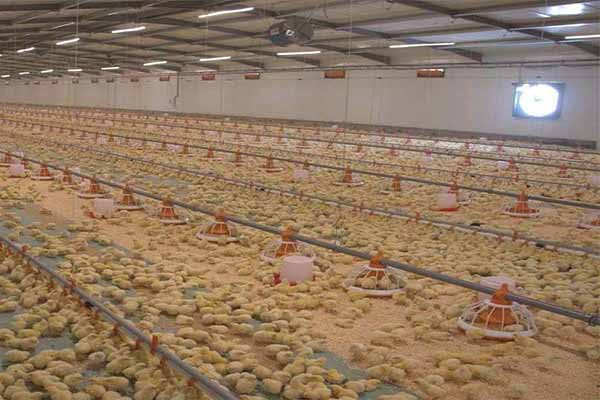
Broiler Farming Equipment
Equipment for Chick Rearing
- Brooding Cages or Brooding House Equipment (Depending on the Rearing Method):
In brooding cage rearing, the design of the brooding cages should fully consider the size and activity ability of chicks. The mesh of the brooding cages is fine to prevent chicks from getting out or getting stuck. At the same time, suitable partitions are equipped to divide the chicks into different small areas for easy management and observation. A manure – receiving tray is set at the bottom of the brooding cage to facilitate the cleaning of feces and keep the brooding environment clean and hygienic.
If the brooding house floor – raising method is adopted, it is necessary to ensure that the floor of the brooding house is flat and dry and paved with soft bedding. Set suitable heat preservation facilities in the brooding house, such as heat preservation umbrellas, heat preservation pads, etc., to create a locally warm environment for chicks. At the same time, the brooding house should be equipped with good ventilation equipment to ensure air circulation and prevent the accumulation of harmful gases.
- Feeding and Drinking Equipment:
The feeding equipment for chicks should be small and delicate, such as small – sized feed trays or special feed troughs for chicks, facilitating chicks to feed. The design of the feed trough should prevent chicks from entering the trough and soiling the feed, while ensuring sufficient and easily accessible feed supply.
The drinking water equipment can choose small – sized vacuum drinking water devices or special nipple – type drinking water devices for chicks. The vacuum drinking water device has a simple structure and can ensure that chicks can drink clean water at any time; the nipple – type drinking water device can better maintain the cleanliness of the water and reduce the breeding of bacteria, but attention should be paid to adjusting the height and water flow speed to meet the drinking water requirements of chicks.
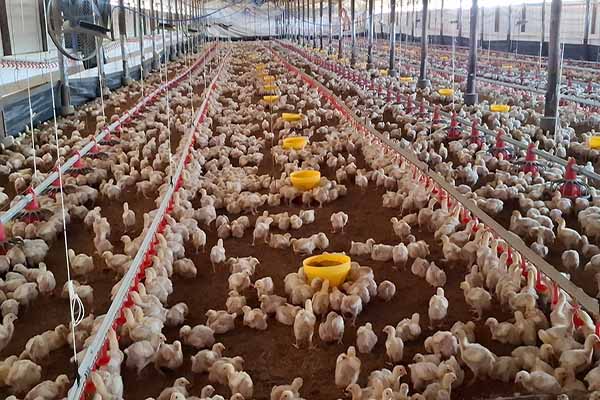
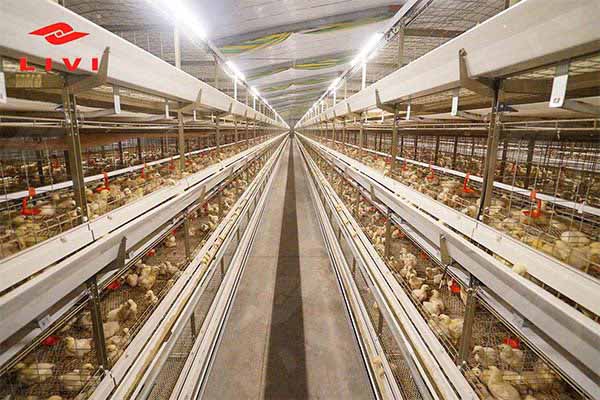
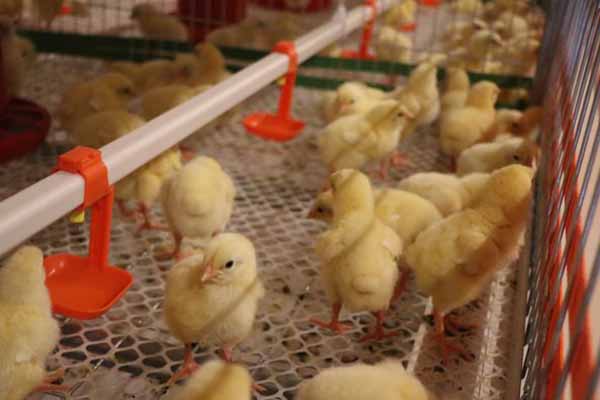
Chick Rearing System
III. Equipment Quality and Cost Consideration
Equipment Quality Evaluation
- Material Aspect: Analyze the quality characteristics of common materials used in farming equipment (such as metals, plastics, wood). For example, metal materials (such as stainless steel) have durability and corrosion resistance, but the cost is relatively high; plastic materials are lightweight and easy to process, but there may be differences in strength and anti – aging properties; wood is natural and environmentally friendly, but attention should be paid to moisture – proof and insect – proof treatment.
- Process Aspect: Check the welding and assembly processes of the equipment, such as whether the welding points are firm and free of burrs, and whether the assembled parts are tight and flexible. For some automated equipment, evaluate the quality of electronic components and the stability of the control system.
Cost Strategy
- Choices under Different Budgets: For low – budget, medium – budget, and high – budget farmers, recommend appropriate equipment combinations respectively. Low – budget farmers can choose some basic and practical equipment, focusing on cost – performance; medium – budget farmers can add some automated or comfort – enhancing equipment on the basis of ensuring quality; high – budget farmers can consider more advanced intelligent equipment and high – end quality farming facilities.
- Cost – performance Analysis: Through calculating factors such as the service life of the equipment, maintenance cost, and improvement of farming benefits, comprehensively evaluate the cost – performance of the equipment. For example, although some high – end equipment has a large upfront investment, it can increase the growth rate and egg – laying rate of poultry, and may be more economical in the long term.
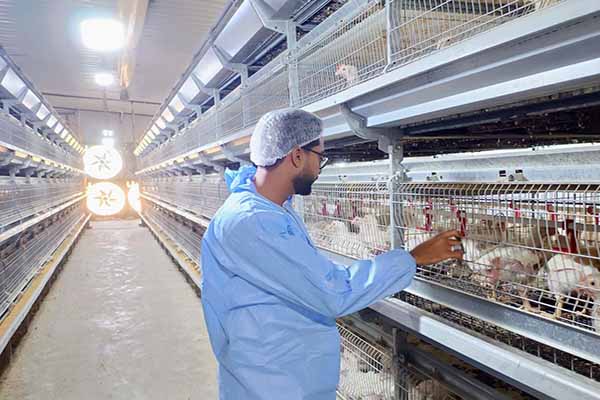
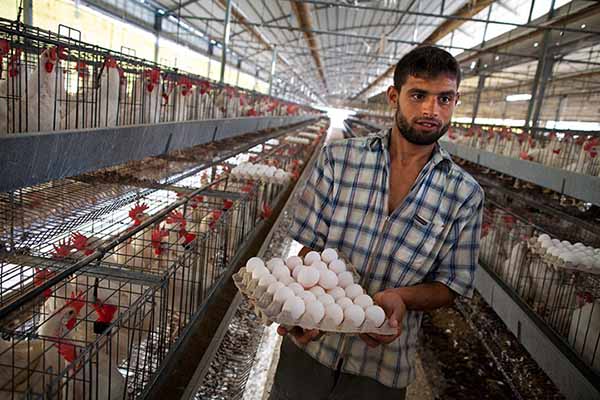

IV. Equipment Maintenance and Update
Daily Maintenance Points
- Cleaning: Detail the cleaning methods and frequencies of different types of equipment (such as feed troughs, drinking water devices, chicken cages, ventilation equipment, etc.). For example, feed troughs need to be regularly cleaned of remaining feed and debris to prevent mildew; drinking water devices need to be frequently cleaned and disinfected to avoid bacterial growth.
- Inspection: Formulate an equipment inspection checklist, including checking whether the appearance of the equipment is damaged, whether the parts are loose, and whether the operation is normal. For example, check the operation of the ventilation fan every day and the structural integrity of the chicken cage every week.
- Repair: For common equipment failures (such as water leakage of the drinking water device, unstable temperature of the brooder), introduce simple repair methods and required tools, as well as when professional maintenance personnel are needed.
Equipment Update Suggestions
- According to the Farming Scale: As the farming scale expands, the original equipment may not be able to meet the requirements. For example, small – sized feed troughs need to be replaced with large – scale automatic feeding systems, and the number of layers of chicken cages or the cage area needs to be increased. Analyze the timing and types of equipment updates under different scales.
- According to the Equipment Usage Time: After the equipment has been used for a certain number of years, even if there are no obvious failures, it may affect the farming effect due to aging and wear. Introduce the approximate service life of various types of equipment and how to determine the update time based on the actual situation of the equipment.
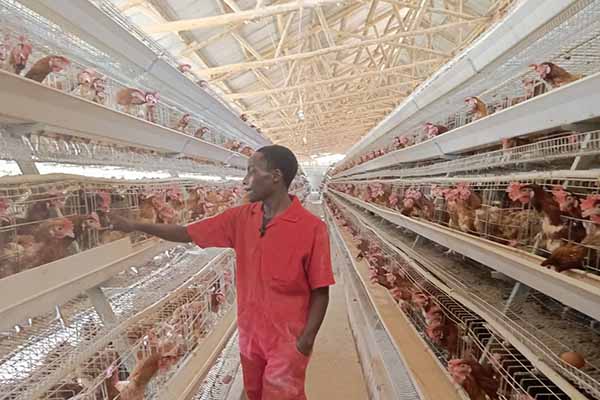
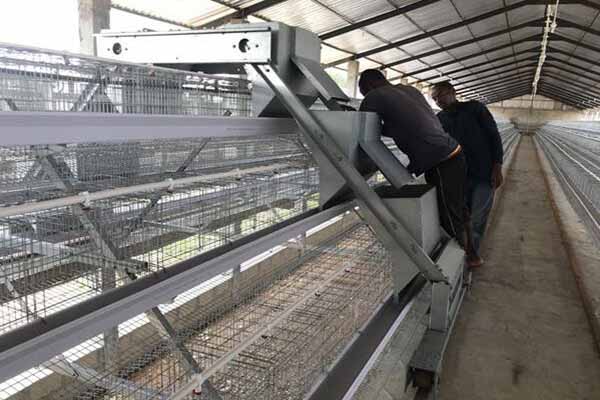
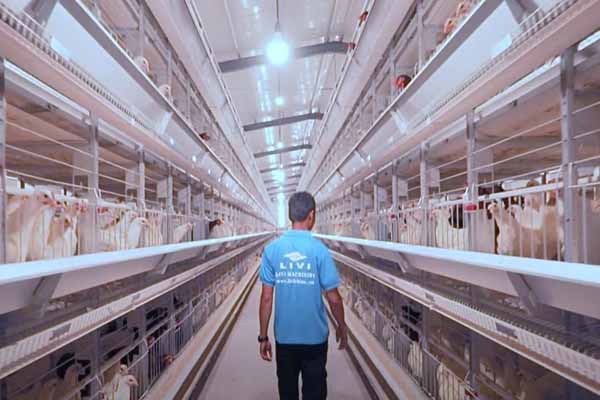
V. Recommendation of High Quality Chicken Raising Equipment Supplier – Livi Machinery
Livi Machinery is a supplier with an outstanding reputation in the field of poultry farming equipment. We have a professional R & D team, constantly innovating and improving chicken raising equipment to meet the diverse needs of farmers. Our equipment is strictly controlled in terms of quality, and every link from the selection of raw materials to the production process is refined. Whether it is brooding equipment, chicken cages, perches, or egg – related equipment, they all have high reliability and practicality. Moreover, we provide comprehensive pre – sales consultation and after – sales service to help farmers select the most suitable equipment and solve problems encountered during the use process in a timely manner, safeguarding your chicken – raising business.
Choosing Livi Machinery means choosing high – quality chicken – raising equipment and professional support.






